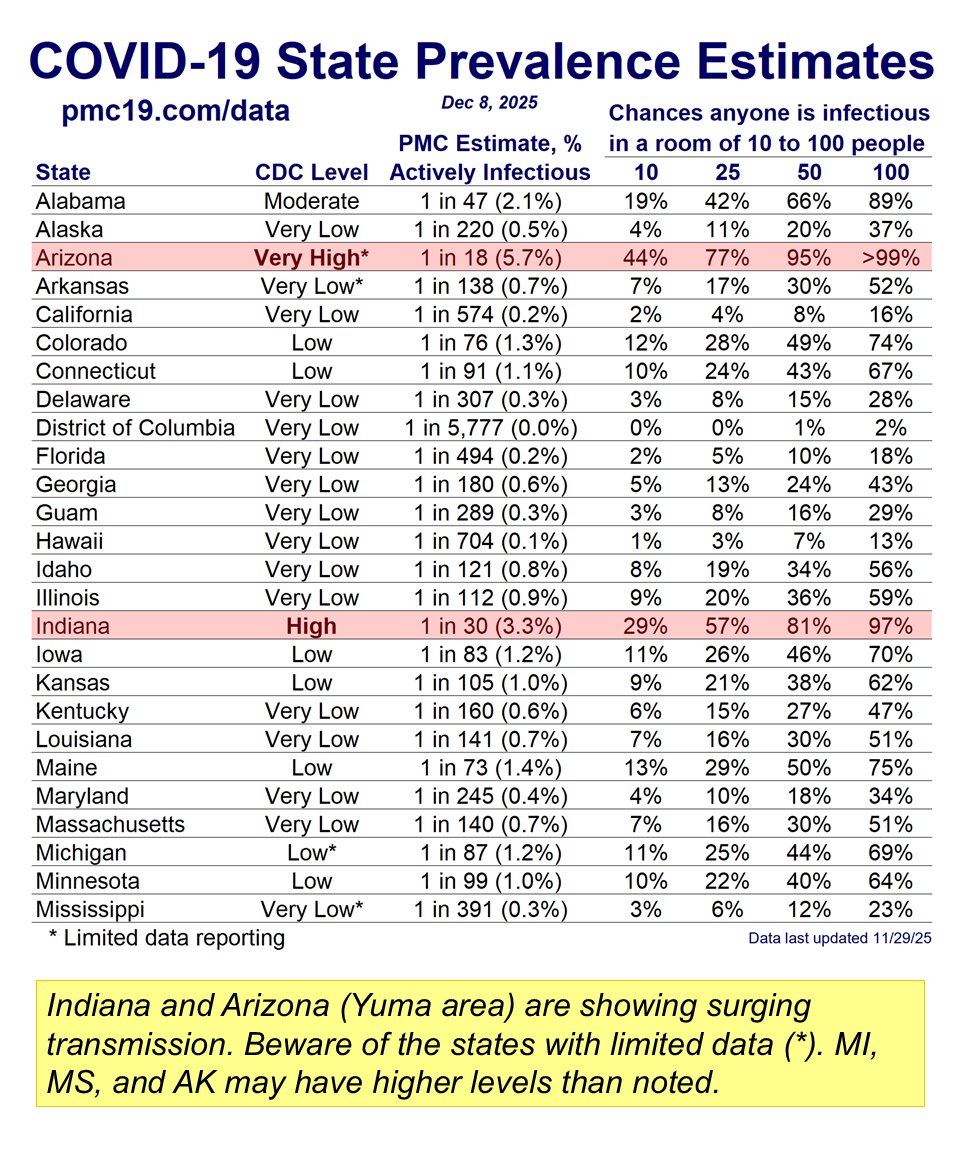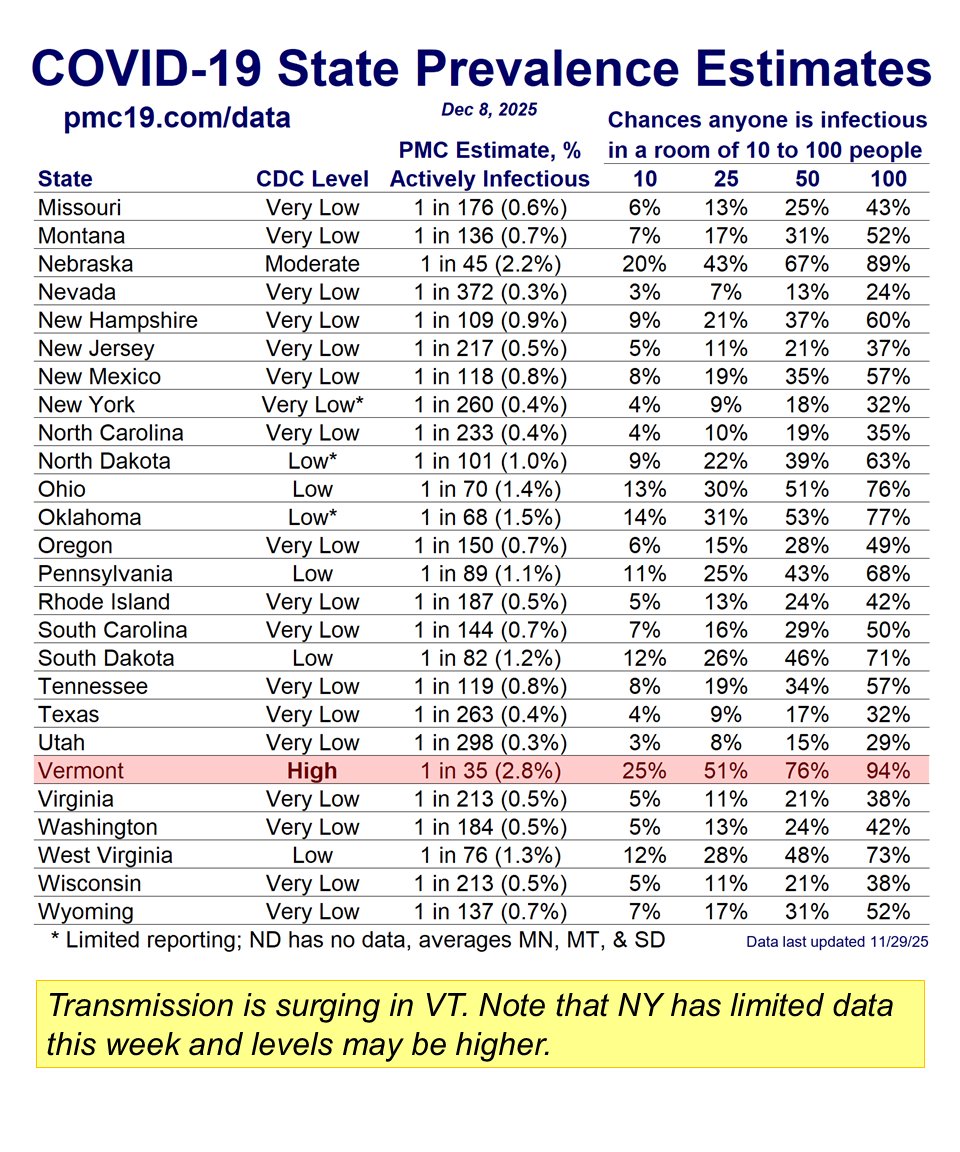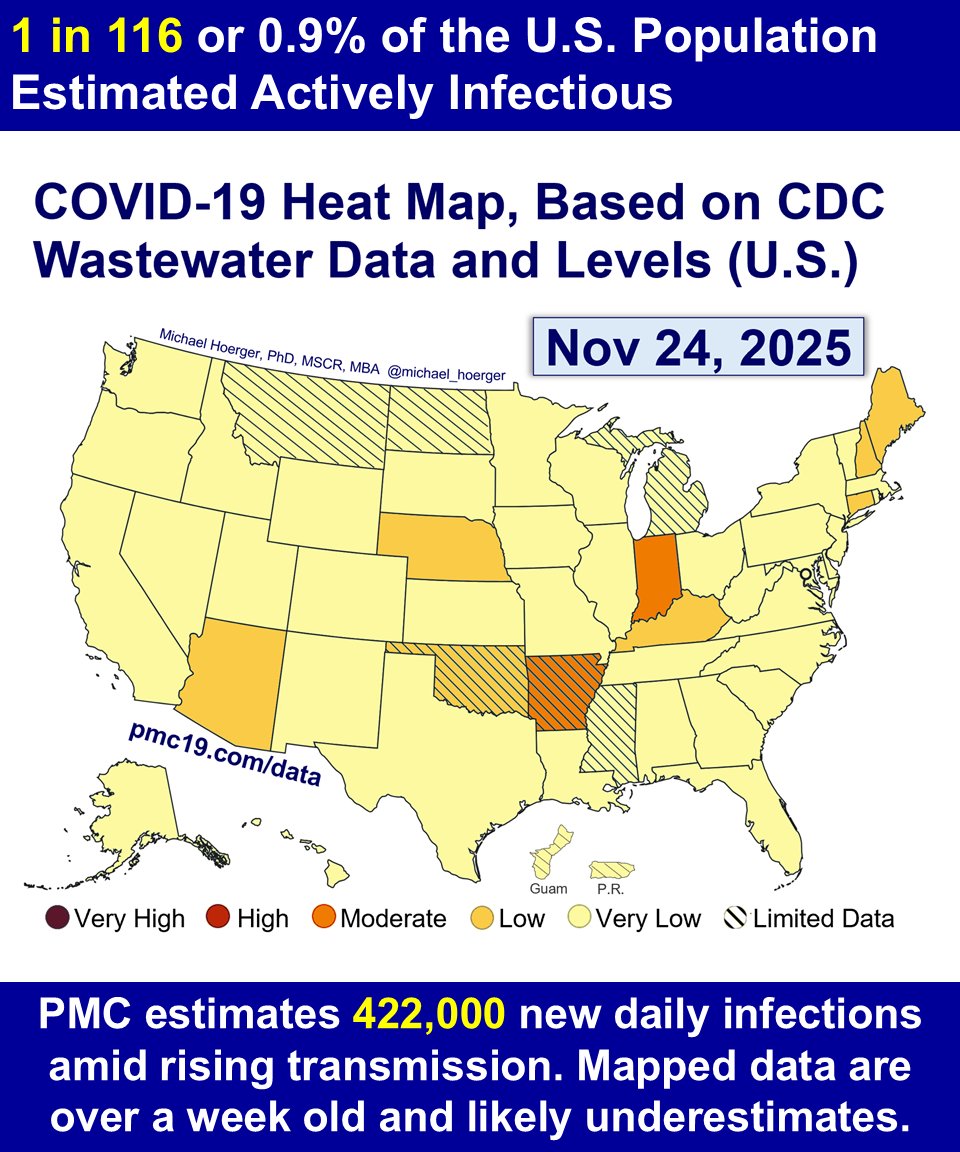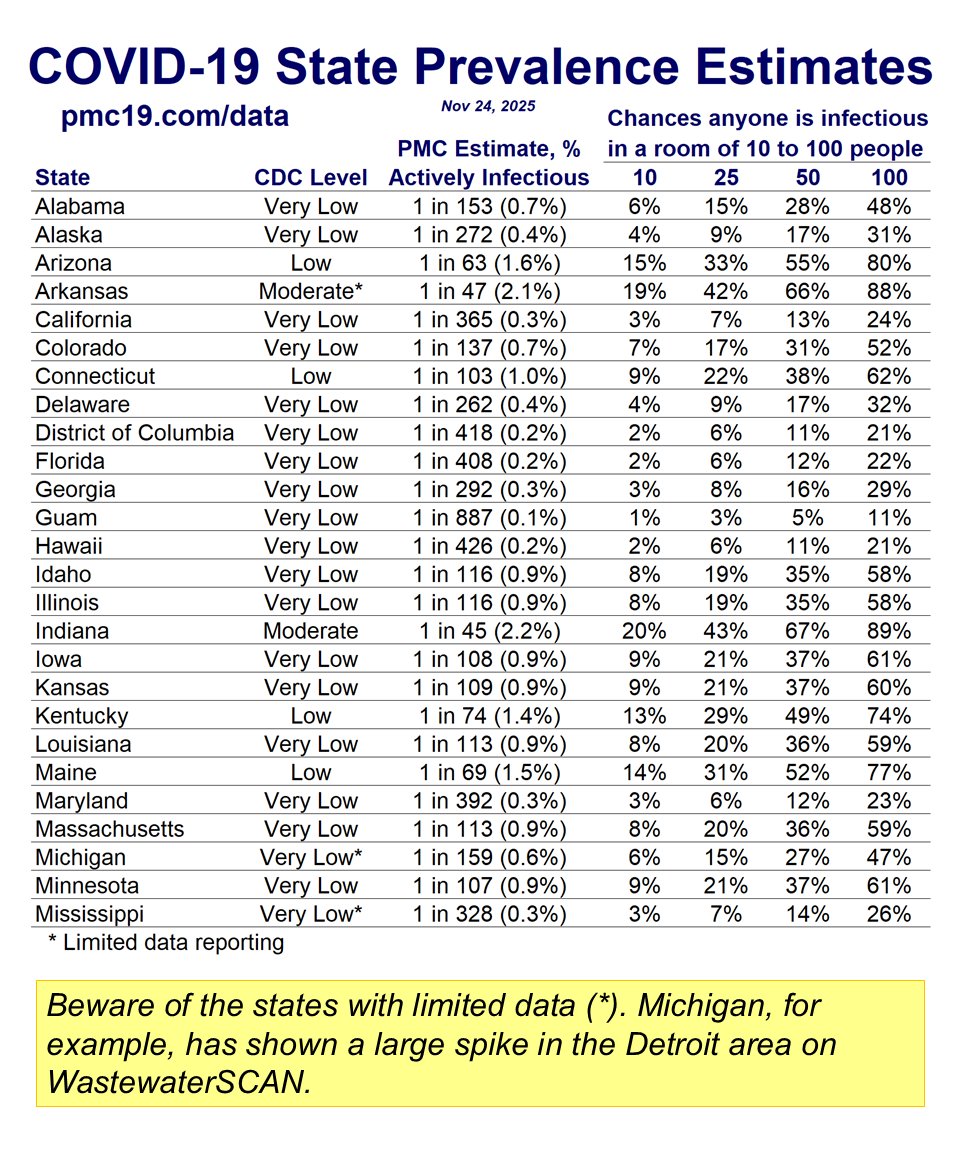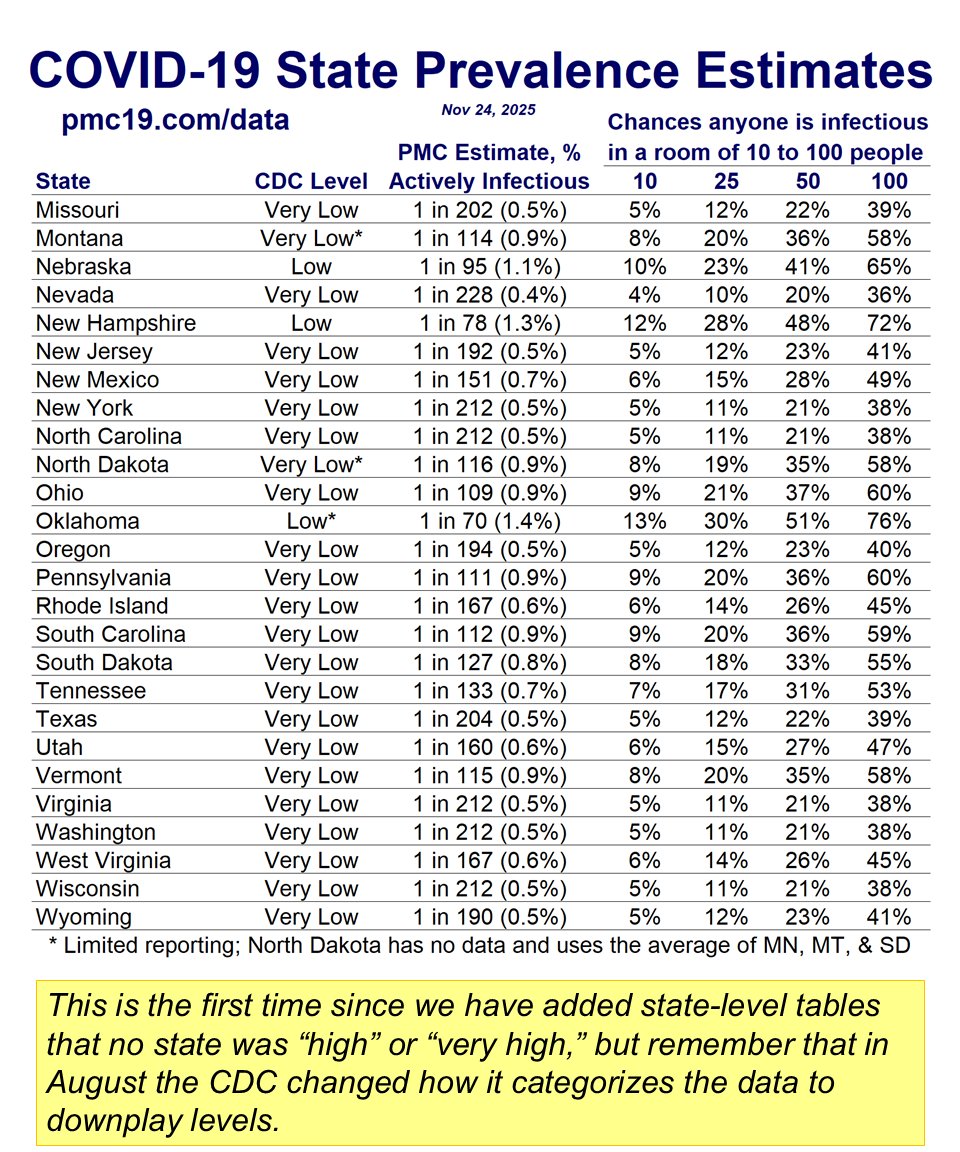In an Invited Editorial in @JAMAOnc today, my colleagues & I call for health systems to develop “Comprehensive #Pandemic Support Programs” for their most vulnerable patients.
These are our Top 10 Tips!
THREAD 🧵
jamanetwork.com/journals/jamao…
These are our Top 10 Tips!
THREAD 🧵
jamanetwork.com/journals/jamao…

Tip #1: Health systems should explain to all patients that #COVIDisAirborne and is best avoided through multi-layered mitigation. 

Tip #2: Health systems should prioritize getting the most vulnerable patients vaccinated & boosted.
Offer #vaccines on-site w/the SAFEST options.
Vulnerable patients want highly-ventilated or outdoor options & high-quality (e.g., N95) masks for safety. Make it happen.
Offer #vaccines on-site w/the SAFEST options.
Vulnerable patients want highly-ventilated or outdoor options & high-quality (e.g., N95) masks for safety. Make it happen.

Tip #3: Health systems should test whether vulnerable patients have a good #antibody response to #vaccines (cutoffs of 5,000 or 11,500 U/mL for anti-S antibodies) to inform risk.
Consider pre-exposure prophylactics, based on the patient & the variant(s) circulating.

Consider pre-exposure prophylactics, based on the patient & the variant(s) circulating.


Tip #4: Health systems should help patients to sample and correctly wear free high-quality #masks (N95, KN95, KF94, FFP3).
Community-based programs have proven successful. Health systems should step up to support their most vulnerable patients.
Community-based programs have proven successful. Health systems should step up to support their most vulnerable patients.
https://twitter.com/michael_hoerger/status/1574458495323279362
Tip #5: Health systems should help vulnerable patients to understand the benefits & limitations of COVID testing, when to time testing, precautions to take after exposures/symptoms, and how to access #RAT and #PCR testing.
Make getting #Paxlovid easier.
Make getting #Paxlovid easier.

Tip #6: Health systems should help vulnerable patients understand indoor air quality (#IAQ).
#Ventilation & filtration remove viral-laden aerosols to reduce COVID risk.
Health systems should offer concrete help w/purchasing #HEPA filters for home.
cleanairstars.com/filters/
#Ventilation & filtration remove viral-laden aerosols to reduce COVID risk.
Health systems should offer concrete help w/purchasing #HEPA filters for home.
cleanairstars.com/filters/

Tip #7: Health systems should be leaders in explaining to vulnerable patients how to reduce in-home spread when someone tests positive for #COVID.
Too few health systems advise on reducing in-home transmission.
BUT we have the tools!
healthyheating.com/2021.COVID.Res…
Too few health systems advise on reducing in-home transmission.
BUT we have the tools!
healthyheating.com/2021.COVID.Res…

Tip #8: Health systems should support vulnerable patients by developing #LongCOVID assessment & treatment programs.
Such programs exist: survivorcorps.com/pccc
They are both underutilized & overbooked. We need more programs & less medical #gaslighting about Long COVID.
Such programs exist: survivorcorps.com/pccc
They are both underutilized & overbooked. We need more programs & less medical #gaslighting about Long COVID.
Tip #9: Health systems should support vulnerable patients by keeping a list of local businesses offering remote & #COVIDsafe options.
Many of us are doing so on the #Discord app.
Vulnerable patients want health systems to use their credibility & resources to do this.
Many of us are doing so on the #Discord app.
Vulnerable patients want health systems to use their credibility & resources to do this.

Tip #10: Health systems should support vulnerable patients in solving the problems they face living in a confrontational, too-often #ableist world.
We offer concrete tips, such as reminding ppl masking is a healthy choice, not a political one.
We offer concrete tips, such as reminding ppl masking is a healthy choice, not a political one.
https://twitter.com/michael_hoerger/status/1592259725470703618
While our tips focus on how health systems can help patients, our rhetorical strategy was to create tension.
If health systems get vulnerable patients into well-fitting N95s, that should foster #CognitiveDissonance when clinicians poorly mask.
Foot-in-the-door technique.
If health systems get vulnerable patients into well-fitting N95s, that should foster #CognitiveDissonance when clinicians poorly mask.
Foot-in-the-door technique.

People w/#cancer are more vulnerable to COVID & long COVID, even when (wisely) vaccinated, per our article & others.
Patients w/ #hematologic cancers, late-stage cancers, or on systemic therapy (e.g., chemo) are quite vulnerable.
Patients w/ #hematologic cancers, late-stage cancers, or on systemic therapy (e.g., chemo) are quite vulnerable.
https://twitter.com/michael_hoerger/status/1606026375302746112
Today, JAMA Oncology shows that patients w/#hemocologic #cancer are among the MOST vulnerable.
It is not "virtue signaling" to mask correctly to protect the most vulnerable individuals.
It is not "virtue signaling" to mask correctly to protect the most vulnerable individuals.

Finally, in our Invited Editorial in JAMA Oncology today, we note that "vulnerability" to COVID too often remains uncertain.
#Vulnerability is also dynamic, as an initial infection can increase vulnerability. Universal precautions remain key.
jamanetwork.com/journals/jamao…
#Vulnerability is also dynamic, as an initial infection can increase vulnerability. Universal precautions remain key.
jamanetwork.com/journals/jamao…

• • •
Missing some Tweet in this thread? You can try to
force a refresh






